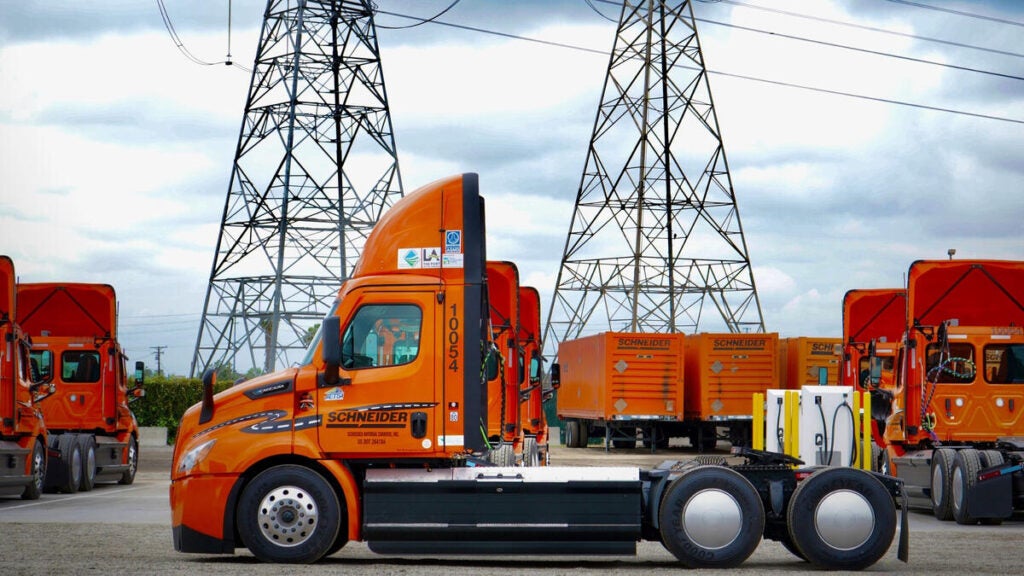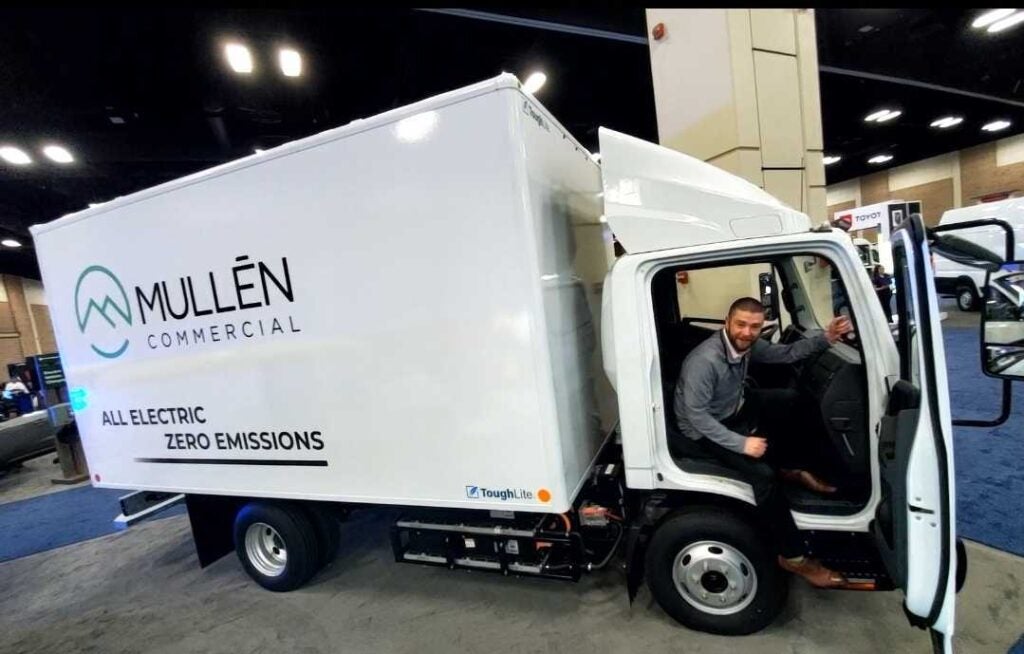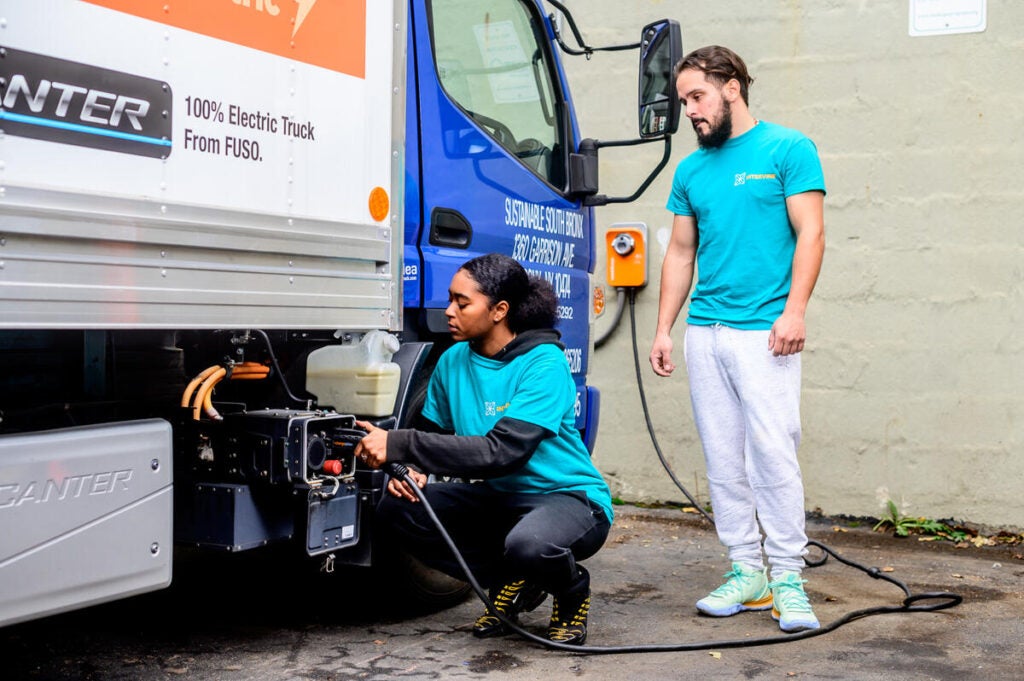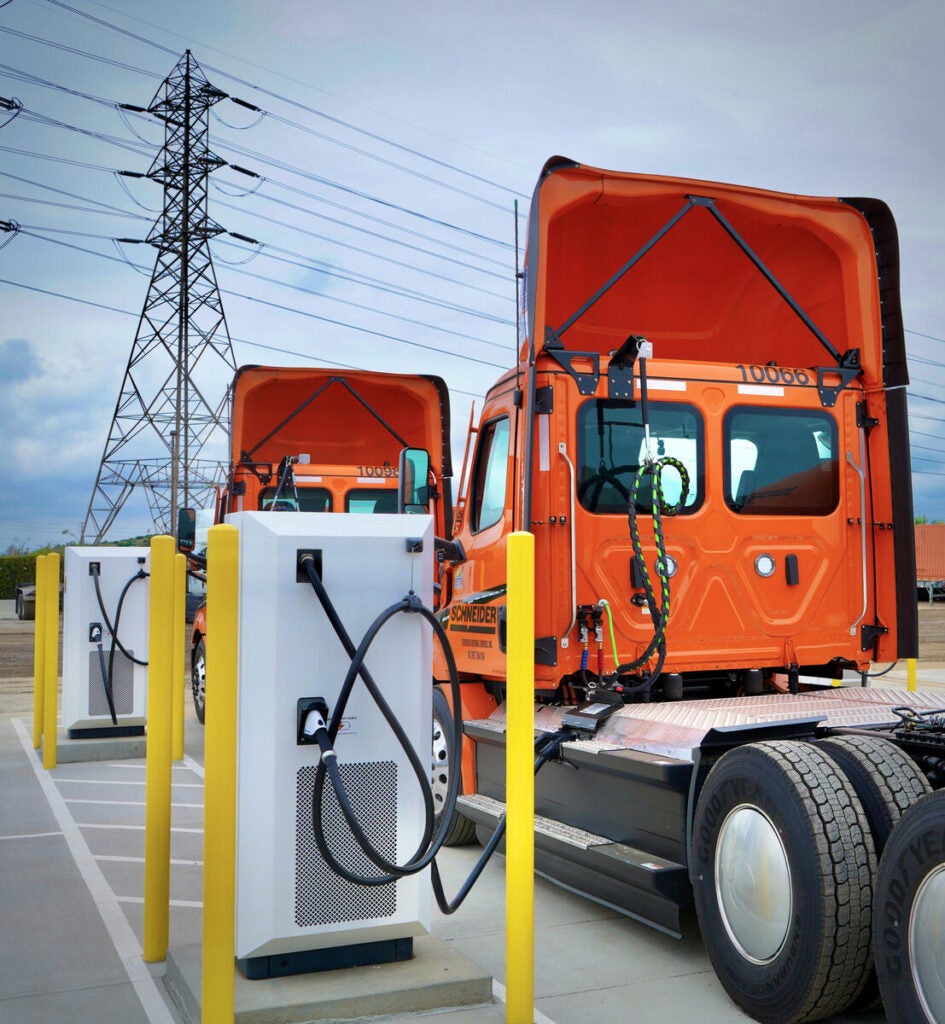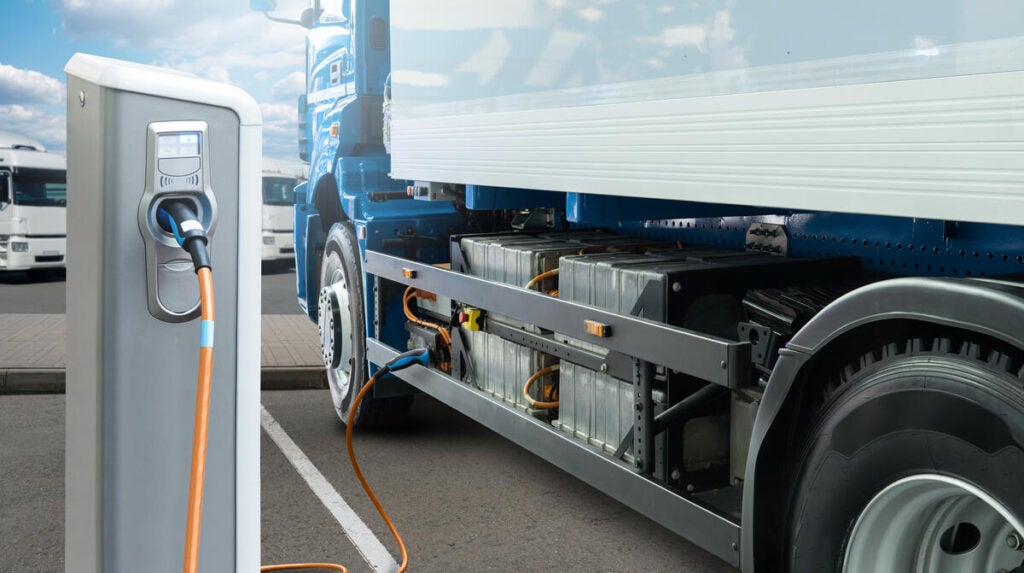The shift to electric trucks is accelerating faster than ever. This has been another record year for medium- and heavy-duty electric vehicle deployment, with 2024 outpacing 2023 as the best year yet for EV adoption, according to a new Environmental Defense Fund analysis of Class 2b-8 fleet announcements.
Energy Exchange
2024 was another record year for electric truck deployments, proving that the shift to zero-emission is not slowing down
Research supports health benefits of ACT for Chicago Metro communities
By Neda Deylami. This blog was co-authored by José Acosta-Córdova, Senior Transportation Policy Analyst at LVEJO
Transportation accounts for almost one-third of Illinois’ greenhouse gas emissions — the sector responsible for the most GHG emissions in the state. Medium- and heavy-duty vehicles, such as delivery vans, transit buses and large tractor-trailers are a disproportionate contributor of these emissions, but also other emissions like nitrogen oxide and particulate matter that directly harm the health of Illinoisans. Despite making up less than 10% of on-road vehicles, these trucks and buses are responsible for 67% of NOx and 59% of PM.
At NAFA 2024, fleets are finding the ways that work on their electrification journey
By Lindsay Shigetomi and Kae Tuitt
This week, EDF witnessed the hardworking spirit of the fleet industry at the NAFA Fleet Management Association’s Institute and Expo, where thousands of fleet professionals from all over the country gathered in San Antonio, Texas to learn, share and gain new insights into fleet operations. We saw a level of engagement from fleets and other attendees that showed how the fleet industry is evolving. Fleets are now taking on the additional responsibility as stewards of sustainability projects, which was reflected in the event programming — more than a quarter of the 40-plus educational sessions were focused on sustainability, zero-emission vehicles and electrification.
Ramped connection can help states sustainably scale the grid to meet charging needs
By Casey Horan
The way charging customers connect to the grid is changing rapidly, especially in states working to meet transportation electrification and decarbonization targets. But regardless of policy goals, most states are experiencing increased demand for renewables accompanied by more customers seeking connection to the grid for projects like electric vehicle chargers, solar and storage. Balancing sustainable grid buildout with customer demand for load can pose challenges for utilities, and often results in interconnection delays.
New EDF report details how Texas’ clean air program can more effectively speed the transition to ZEV trucks
A new report released today by EDF details how Texas’ $342 million clean air program can be improved to help companies that want to secure state funding for zero-emission trucks. Recommendations include how to improve program design of the grants offered, including how to modernize the calculation of nitrogen oxides reductions to ensure the full benefit of switching from diesel to zero-emission vehicles is captured, and how to improve the administrative management of the program so it is easier for companies to secure funds to deploy zero-emission vehicles in Texas.
Flexible interconnection can optimize the grid and speed deployment of charging infrastructure
By Casey Horan
As the first blog in this series details, shorter interconnection timelines can be key to accelerating electric vehicle deployments and achieving decarbonization goals. Luckily, there are currently available policy and technical solutions states can use to achieve timely interconnection, including: (1) hybrid interconnection; (2) flexible interconnection; and (3) ramped connection.
The process of upgrading the grid can be lengthy, expensive and complex. For utilities, flexible interconnection can help bring down costs by optimizing existing grid infrastructure and deferring costly grid upgrades. Closing the gap between what the grid can accommodate and the scale of the energy resources that can be connected will benefit both utilities and customers. Here, we explore ways states can use flexible interconnection agreements to deploy EV chargers more quickly without putting excess stress on the grid.










